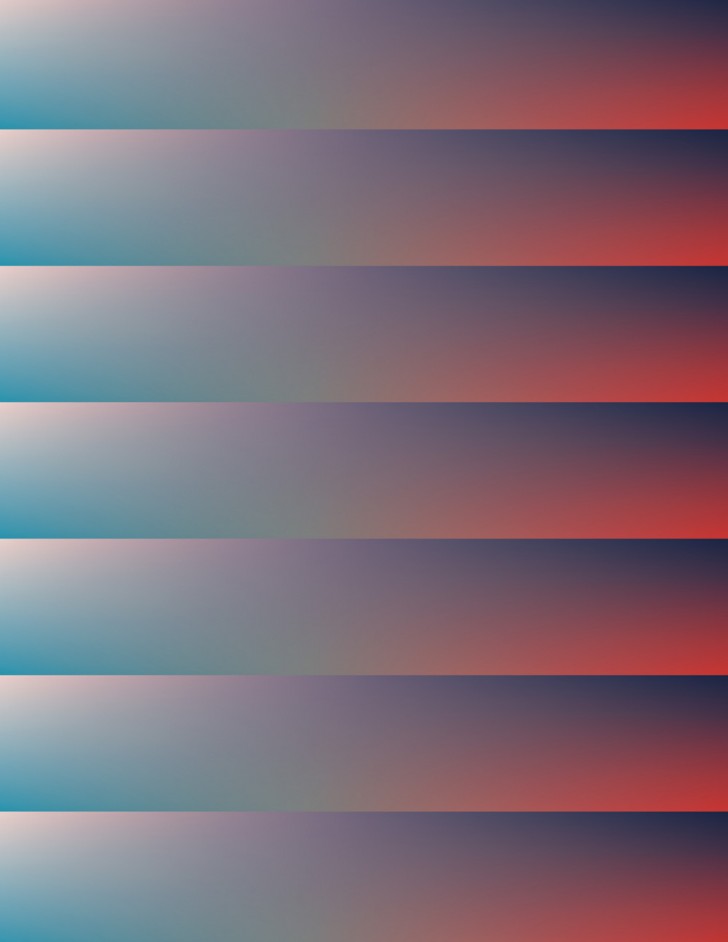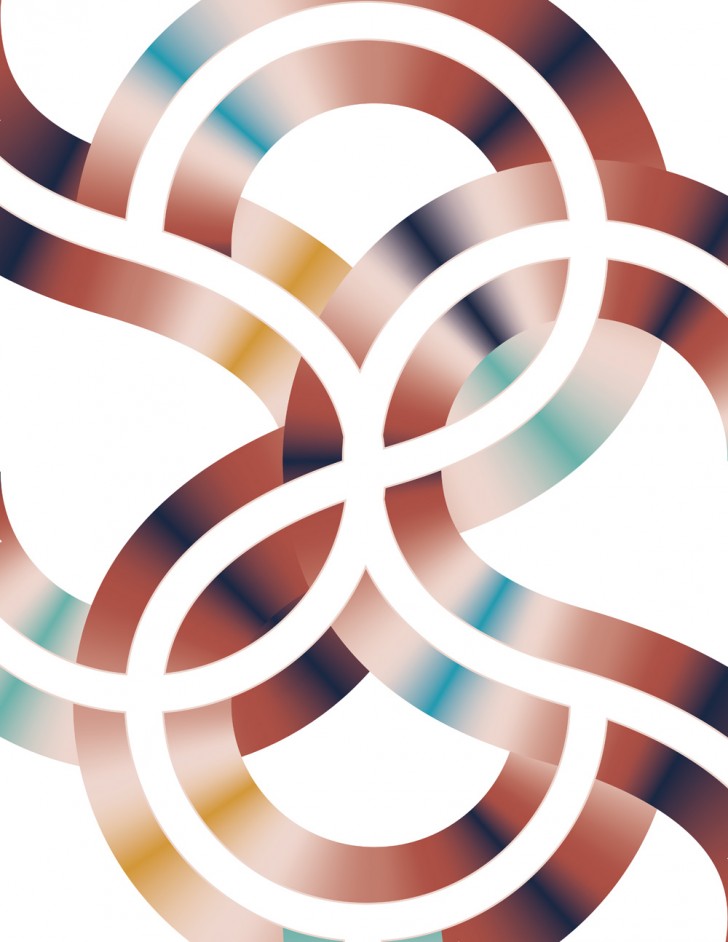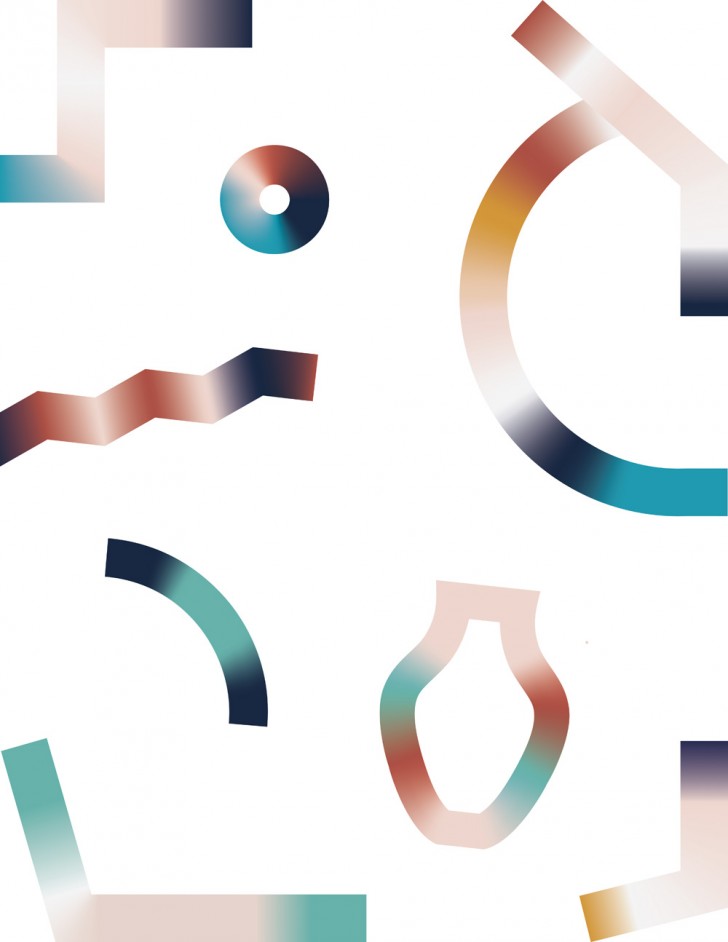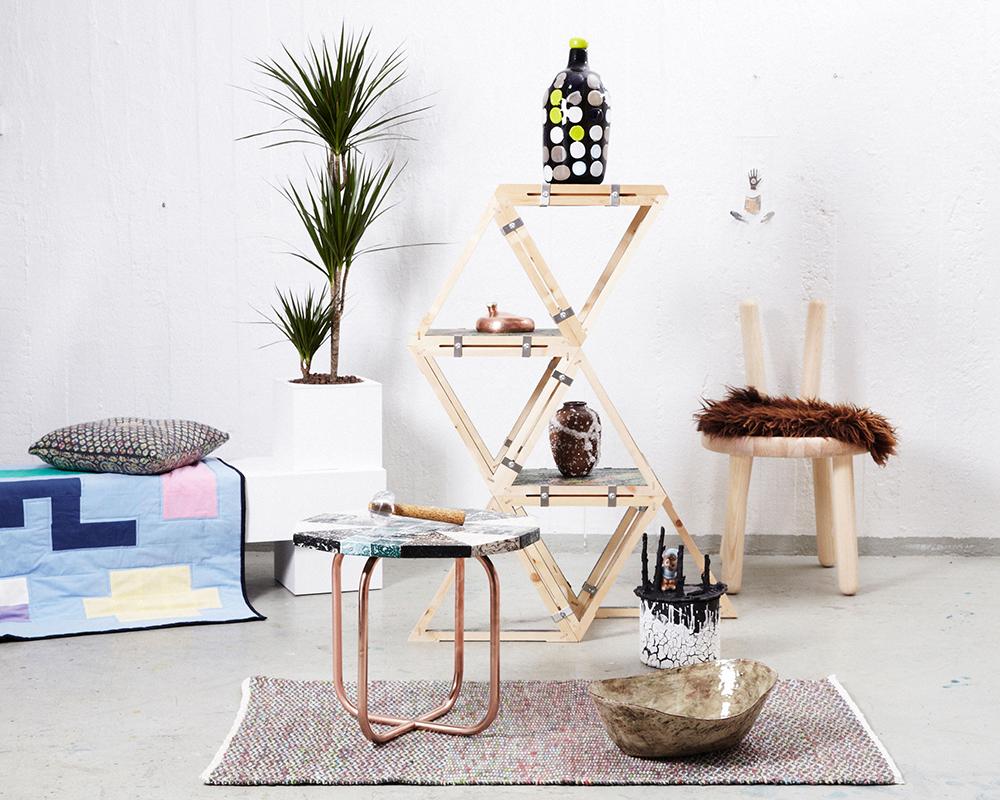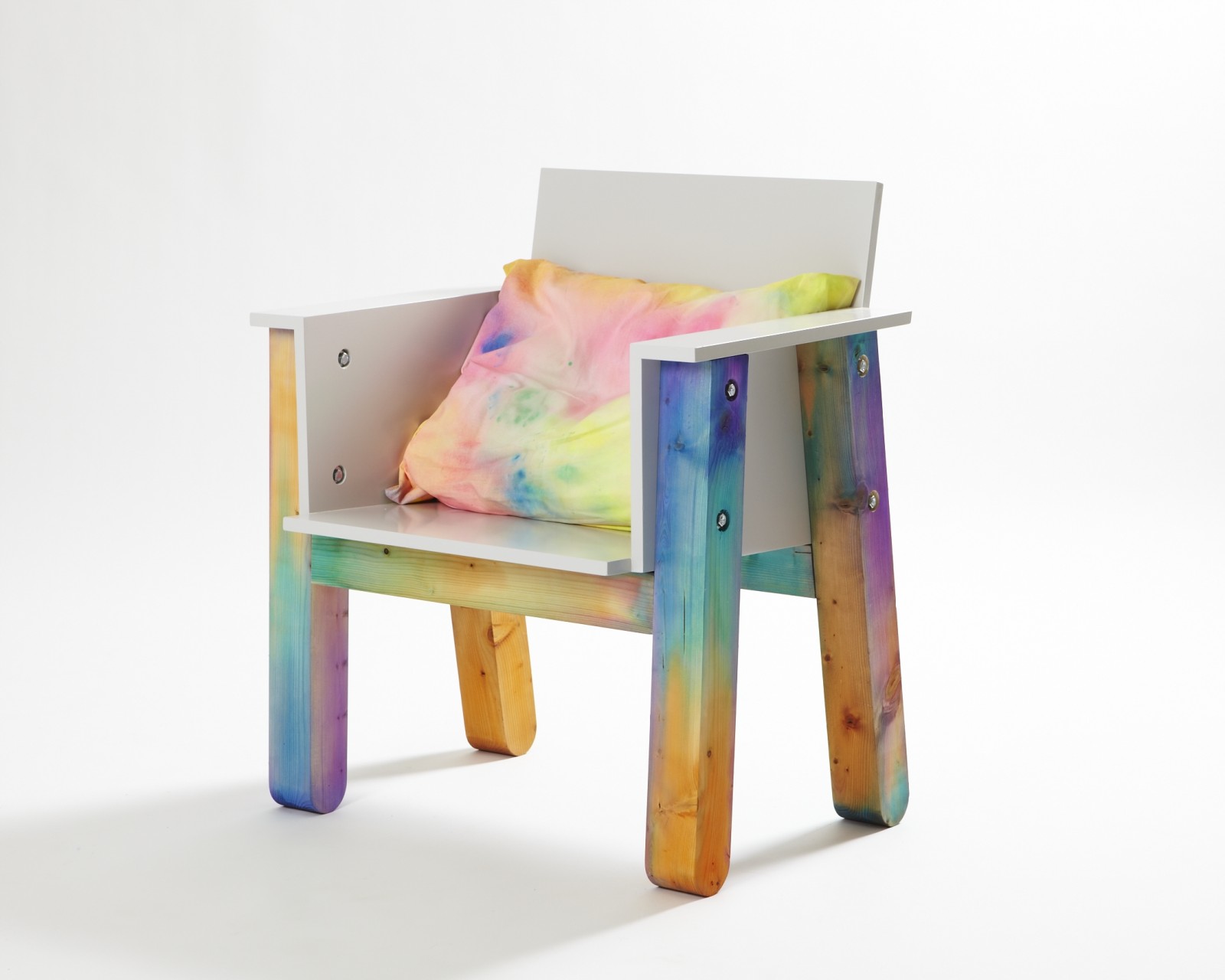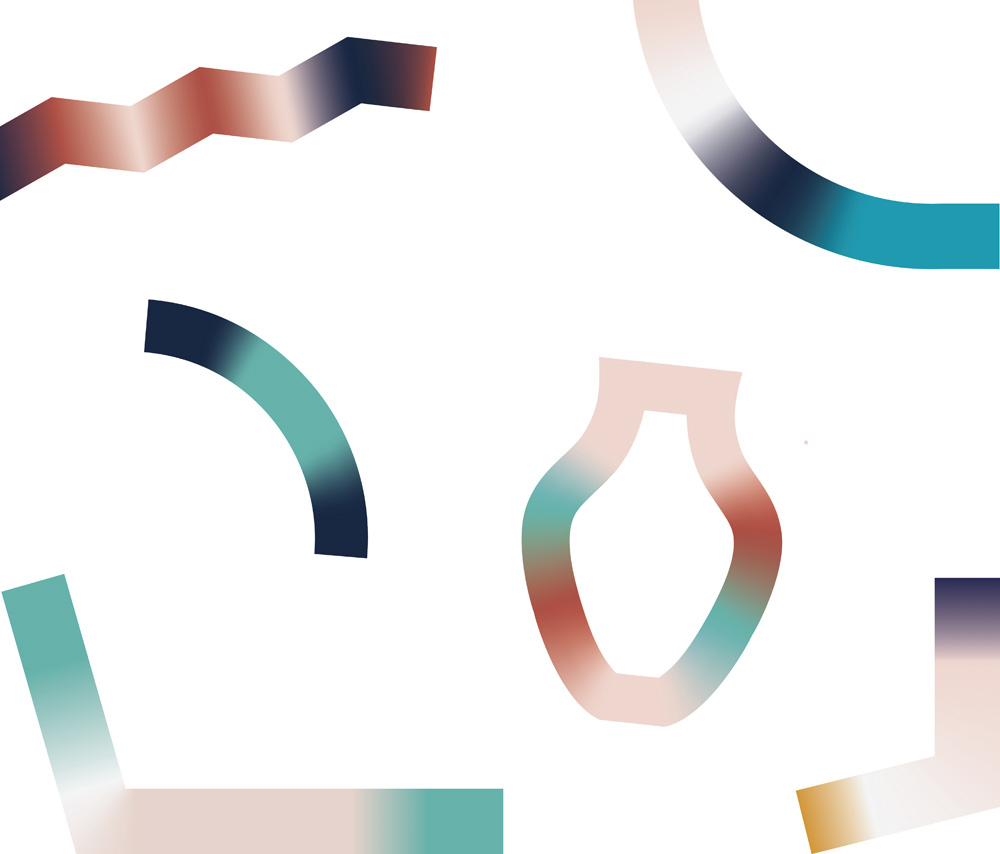
03.16.15
Sighted
Jesse Moretti Editions for Little Paper Planes
We’ve been huge fans of Cranbrook grad Jesse Moretti’s work ever since her solo show at Patrick Parrish gallery (then Mondo Cane), way back in 2013. There’s something about the palette Moretti uses, the saturated gradients she employs, and the way she zigzags back and forth between spare, geometric marks and full-bleed patterns that is absolutely perfect to us. The only problem with the pieces she made for Parrish was their ever-so-slightly out-of-reach price tag. So it was with great excitement that we stumbled upon Moretti’s latest edition — a series of seven small works on paper (either 8.5 x 11″ or 17 x 22″) for the San Francisco–based shop and publishing house Little Paper Planes, ranging in price from $35 to $130. (Yes, we already put in our order!) We’re posting images from that collection here today and also excerpting a brief interview Moretti did with LPP. Read all about here, then hop on over to the shop to make these beauties yours!
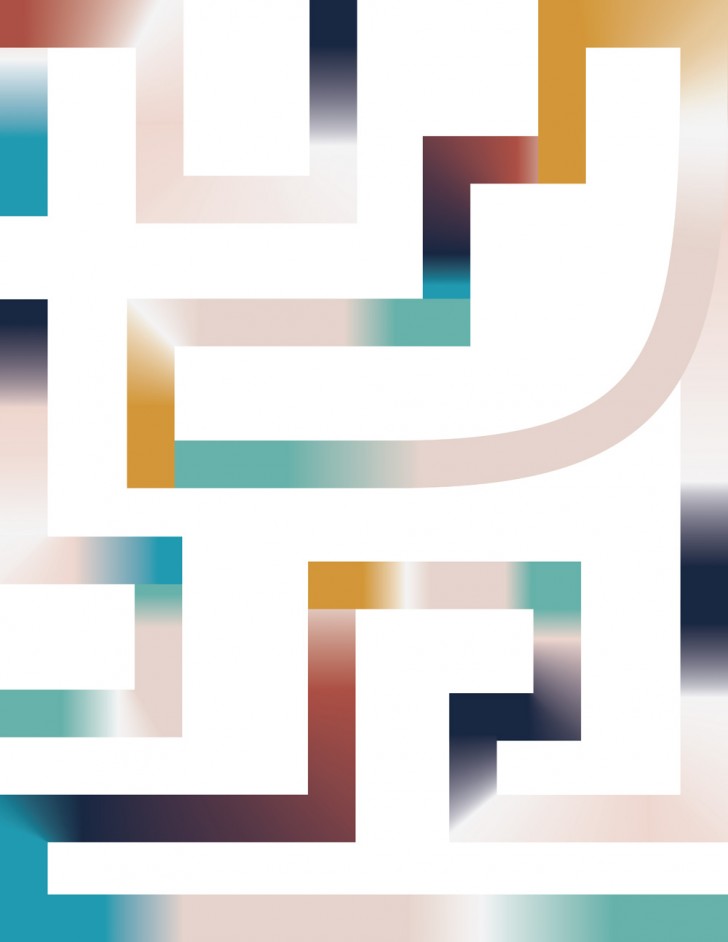
Interview by Maggie Haas
MH: Can you talk about color in your work? Many of your compositions are bright and bold, and some are more subtle but there is a play of complimentary colors that seems to be running throughout.
JM: The colors I use are constantly changing, depending on where I spend most of my time, but there is always an undeniable reference to the colors-scape of Miami Beach, where I grew up. I tend towards this continuous pastel spectrum, and filter it through the bright and bold digital RGB palette at some point within designing the work. So there is always a play between organic and digital colors.
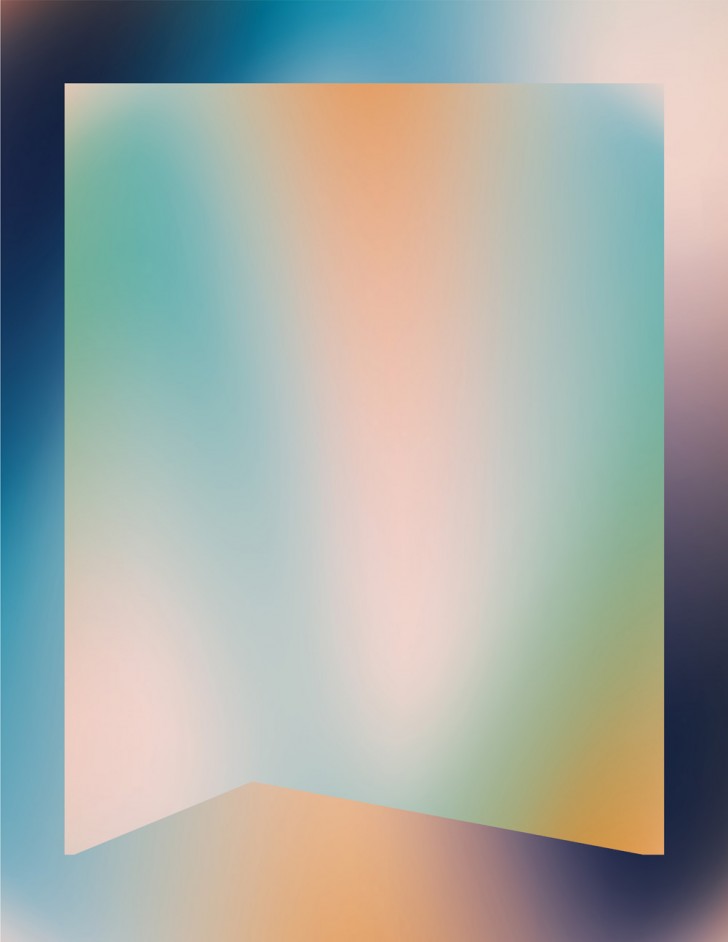
MH: What is your studio process like? It looks like collage is an element in your work and I am curious what parts are digital, what parts are painted, how it all comes together.
JM: I like to think of my studio process more concerned with ideas of feedback, looping and translation, than of collage. Usually my process begins with sketching, which leads to vector based drawings. I’ll usually print these out and manipulate them in some way, sometimes, playing with the layout, etc. Then I’ll make paintings based off of these diagrams. I use a lot of frisket and airbrushing.
Sometimes it’s more based in photography, and I’ll photograph paper I’ve been working on, resulting in large scale digital prints of impossible spaces. Usually these relate to my paintings, both occupying an extreme flatness. I’ll have images traversing into and out of the computer at several points with my work, creating a process loop from physical to pure image and back again.
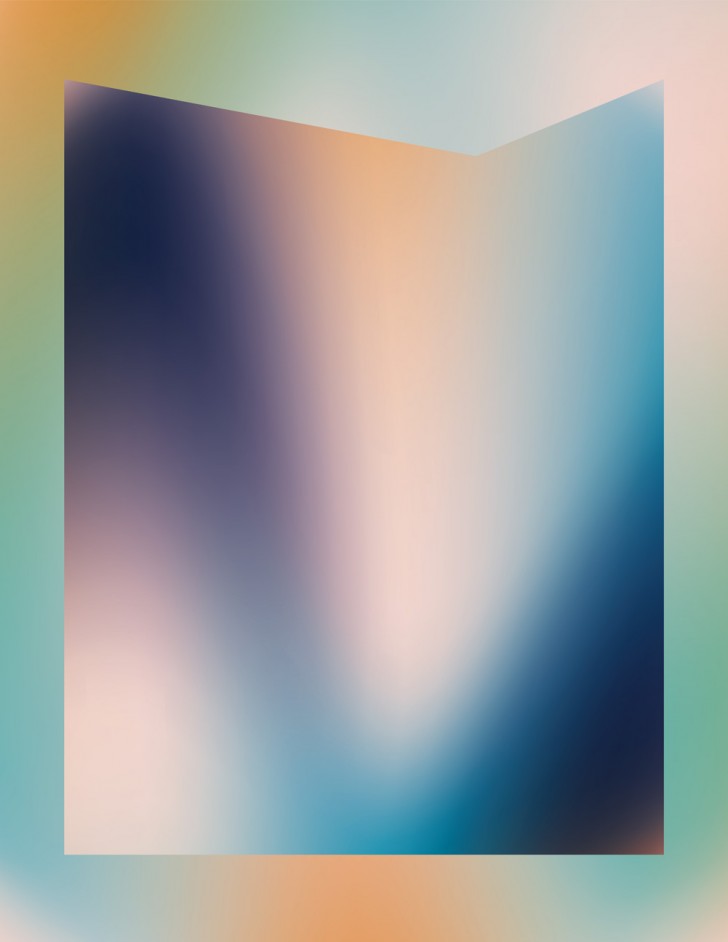
MH: You use a lot of framing devices in some of your recent projects, I’m thinking especially of your work for La Chose Encadrée, that muddy where the work begins and ends, and whether it’s an image or a sculpture or both. How did you come to start using the device of the frame in this way?
JM: The framed pieces are really sculptural objects. They are so physical to me. The image can’t exist without the frame and vice versa. The frame is the lens through which you view, defining the beginning and end of the work, but it is also part of the image, allowing the image to extend outwards into a low-relief space.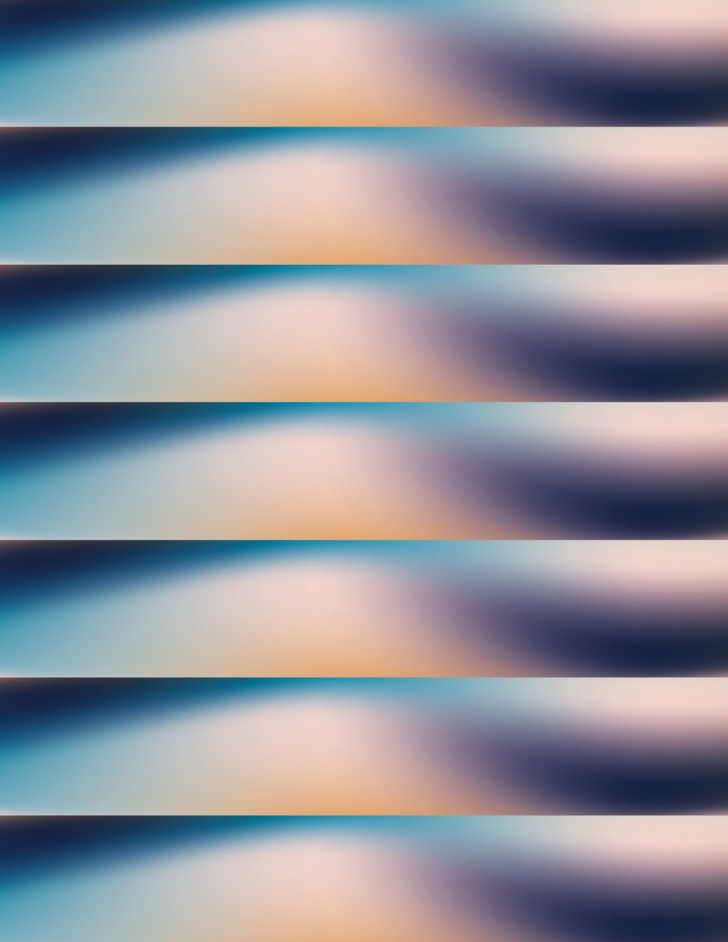
MH: Is see you recently had a residency at Kala in the East Bay… how did you like the Bay Area? Do you have any other residencies or shows coming up?
JM: I did, but it feels like a long time ago already! The Bay Area was wonderful, such a pristine environment. I’m currently in residence at ESKFF in Mana Contemporary, and will be following this up with a residency at Pioneer Works in Brooklyn this summer.
